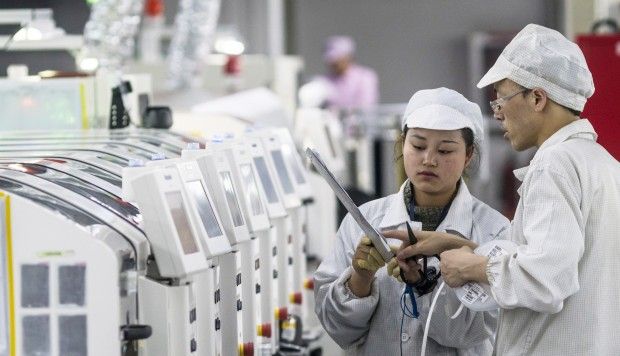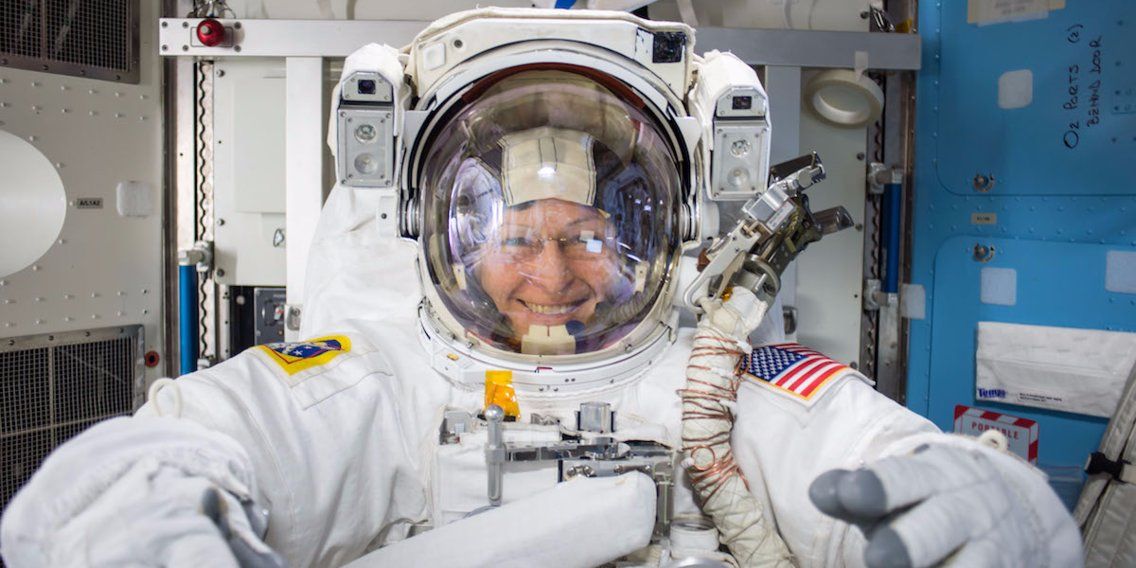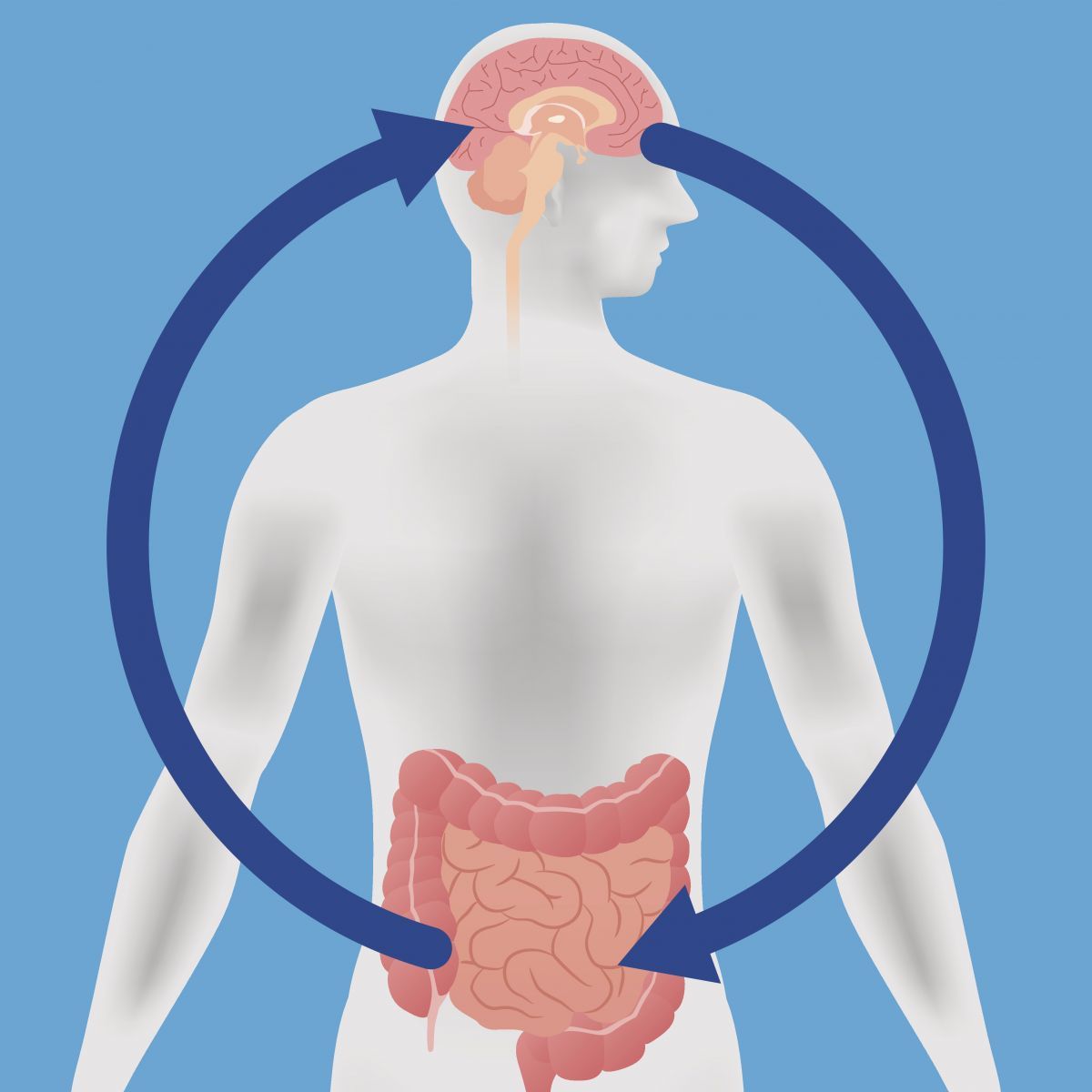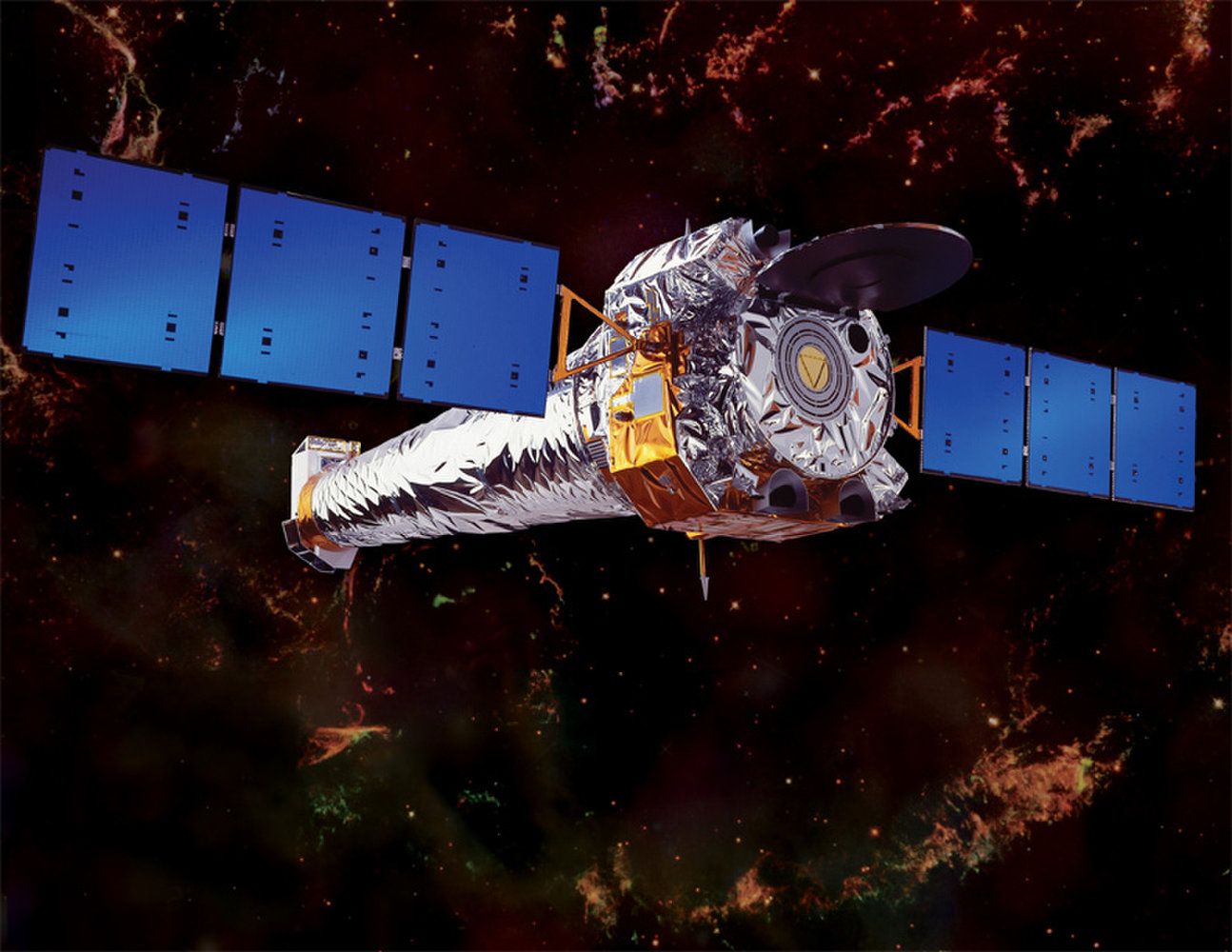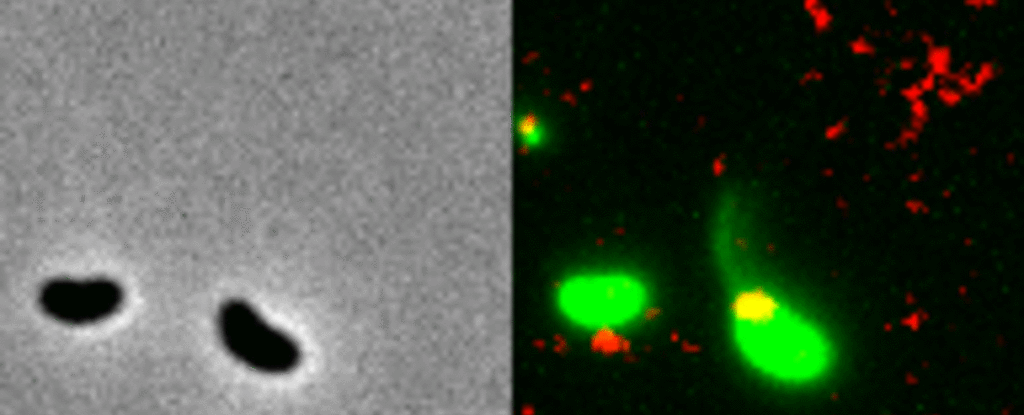That growth in factory worker salaries has been a double-edged sword for China. On one hand, it has increased the purchasing power of Chinese which in turn has powered consumer-led economic growth, but on the other it has made China less competitive on wages and forced companies like Foxconn to introduce more automation.
With 1 million employees and half a dozen factories contributing 4 per cent of the country’s export value, Foxconn’s expansion symbolises China’s role as tech manufacturing powerhouse.
